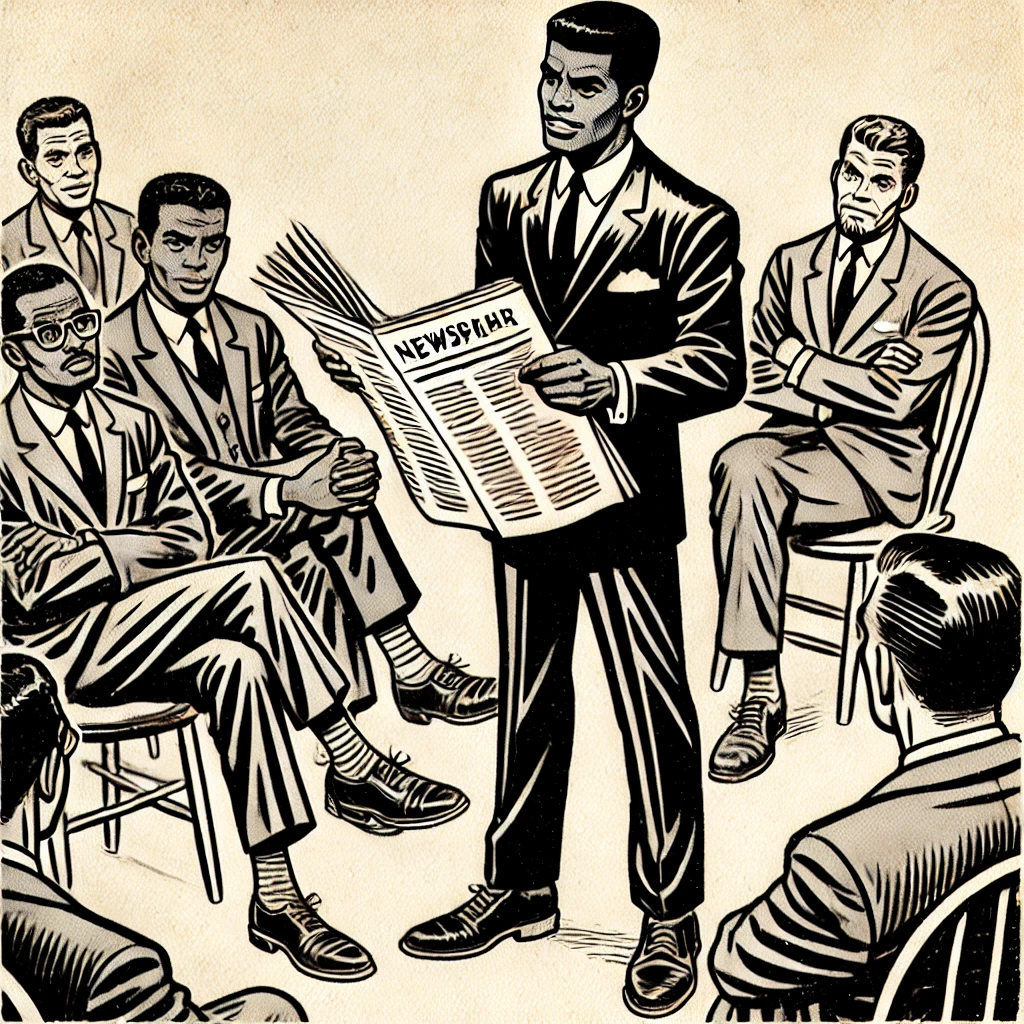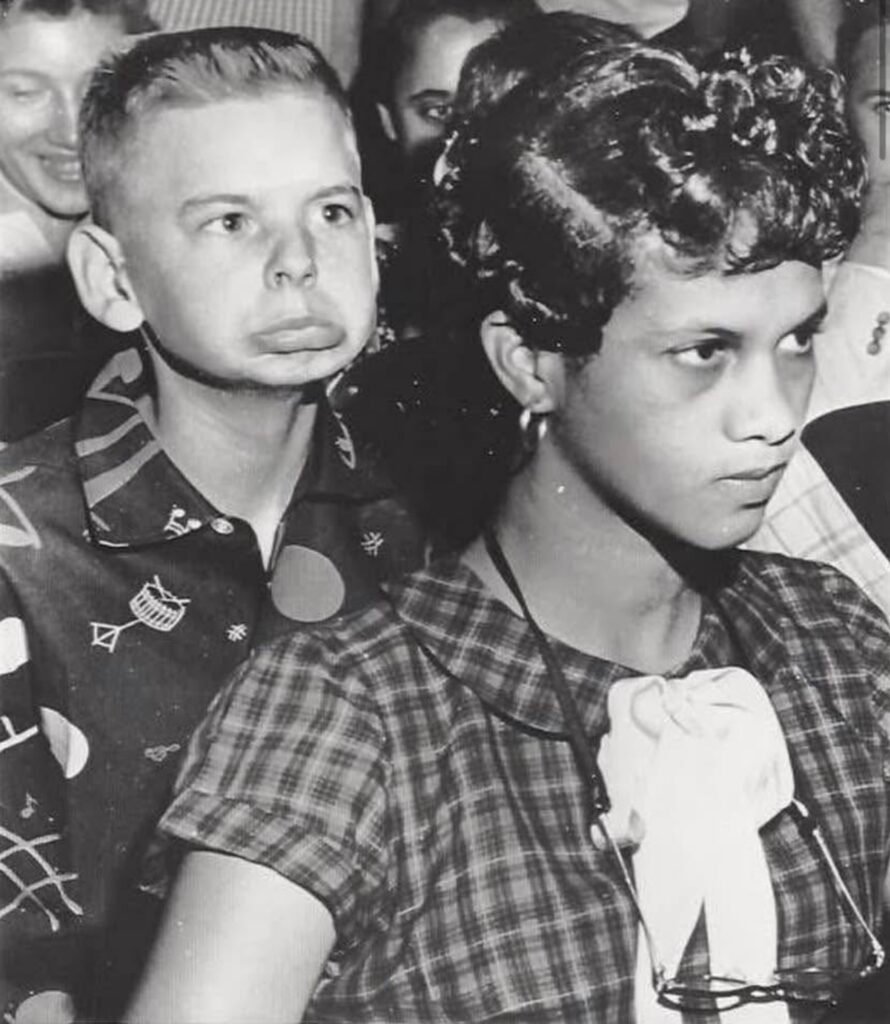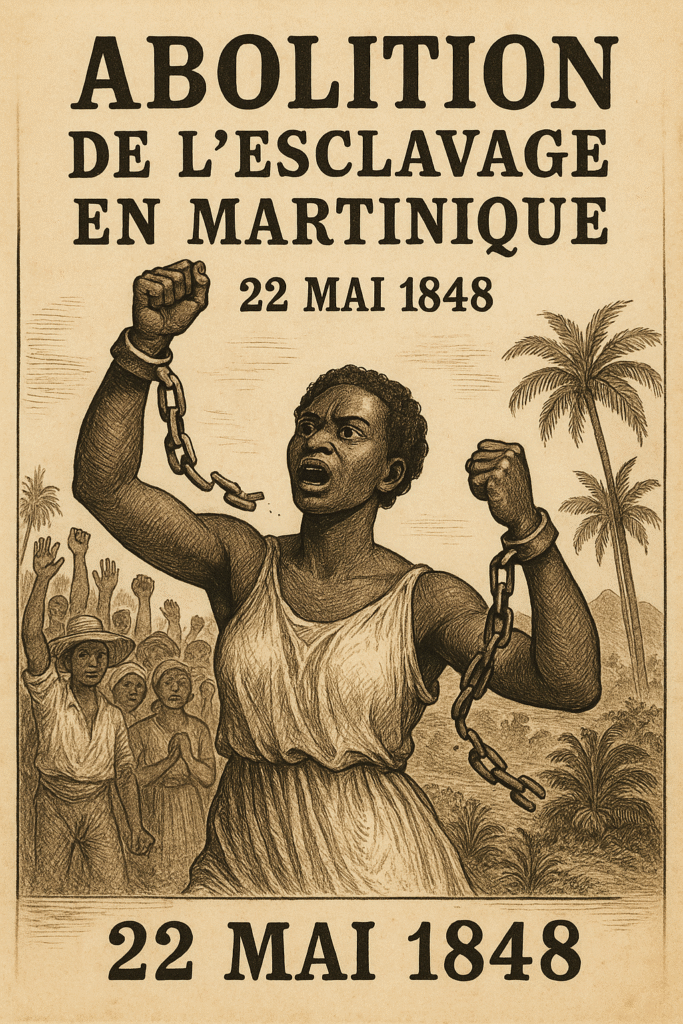In the late 1800s, while America was still grappling with the scars of the Civil War and the harsh realities of Reconstruction, one visionary man dared to dream of a thriving Black economic powerhouse. That man was Ottowa W. Gurley, better known as O.W. Gurley, and his dream gave birth to what we now call Black Wall Street.
The Making of a Visionary
Born in 1868 in Huntsville, Alabama, Gurley was not your average businessman. He believed in something radical for his time: the self-sufficiency of Black Americans. With a keen mind for business and a deep desire to uplift his people, he moved to Oklahoma during the Land Rush, seeing opportunity in the untapped potential of the West.
Gurley worked as a schoolteacher and later secured a job in the U.S. Land Office, where he gained insider knowledge about land ownership. Unlike many who sought personal wealth, he had a different mission—building a community where Black excellence could flourish without interference.
The Birth of Greenwood District
In 1906, Gurley took a bold step and purchased 40 acres of land in Tulsa, specifically setting it aside for Black families and businesses. This was during an era of extreme racial segregation, yet Greenwood District became a beacon of economic empowerment. Gurley didn’t just buy land—he strategically developed it.
He built a hotel, the Gurley Hotel, which became a cornerstone of Black Wall Street. He also provided loans to Black entrepreneurs who couldn’t get funding anywhere else, allowing them to start their own businesses. Soon, the district boomed with grocery stores, barbershops, theaters, banks, and even a hospital—many of which rivaled white-owned businesses in wealth and sophistication.
The Secrets to Greenwood’s Success
One little-known fact about Greenwood’s prosperity is how Gurley and other Black businessmen created a system where money circulated within the community multiple times before leaving. This was intentional. Unlike today, where a dollar typically leaves the Black community in mere hours, in Greenwood, it could circulate for up to a year! That level of economic insulation built generational wealth.
Another intriguing detail? White residents of Tulsa, despite their prejudice, often sought loans from Black-owned banks in Greenwood because they were so well-managed. The irony of it all was that even in segregation, Black Wall Street was thriving to the point where some white individuals had to rely on it.
The Tragic Downfall
Despite its success, Greenwood was ultimately targeted in what became one of the most devastating racially motivated attacks in American history—the Tulsa Race Massacre of 1921. A false accusation against a Black teenager led to a white mob descending upon Greenwood, burning it to the ground, murdering residents, and destroying years of hard-earned prosperity.
O.W. Gurley lost nearly everything. While some reports claim he stayed in Tulsa for a while to help rebuild, others suggest he moved to California, where he lived out his final years in relative obscurity.
The Legacy Lives On
Though the Tulsa Race Massacre wiped out much of Greenwood, it could never erase the impact of O.W. Gurley’s vision. His belief in Black economic independence, community-driven growth, and self-sustainability remains a blueprint for future generations.
Today, as conversations about rebuilding Black Wall Street gain momentum, Gurley’s name deserves to be remembered not just as a man who built a thriving district but as a pioneer who proved that Black economic power is not just possible—it’s unstoppable.
The question is: How do we apply his vision today?
Let’s keep this discussion going. Drop a comment below—what are your thoughts on reviving Black Wall Street in the modern era?
#BlackWallStreet #OWGurley #GreenwoodDistrict #Tulsa #BlackExcellence #EconomicEmpowerment









